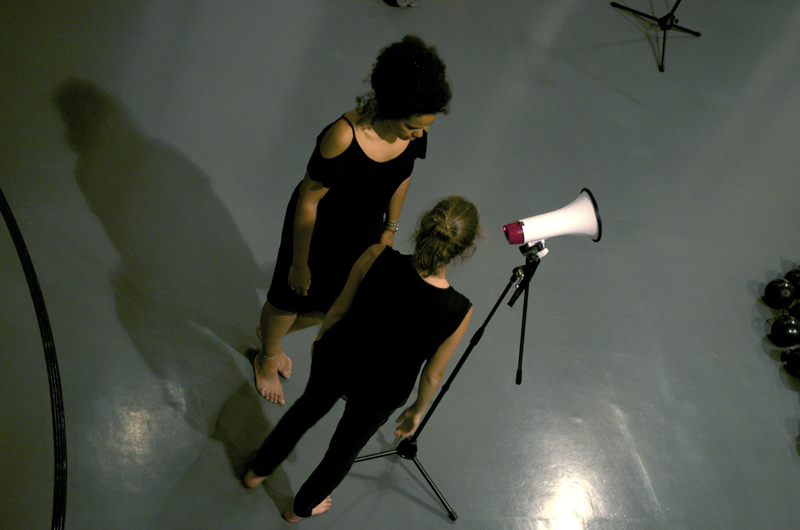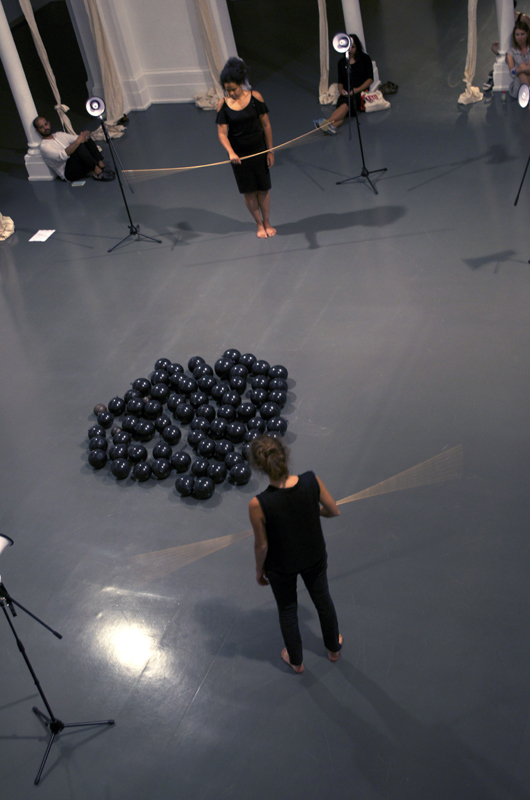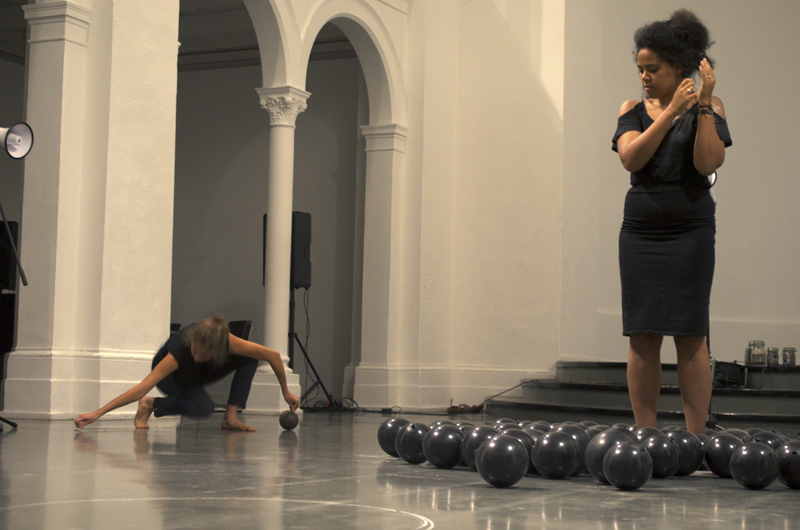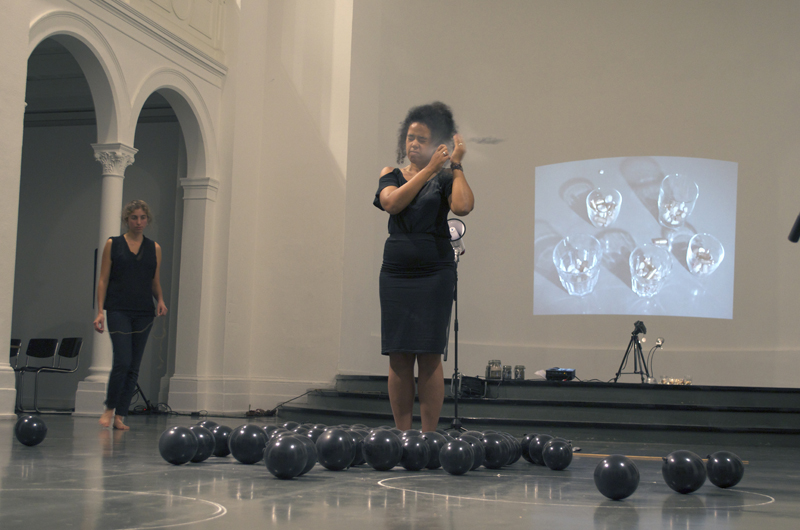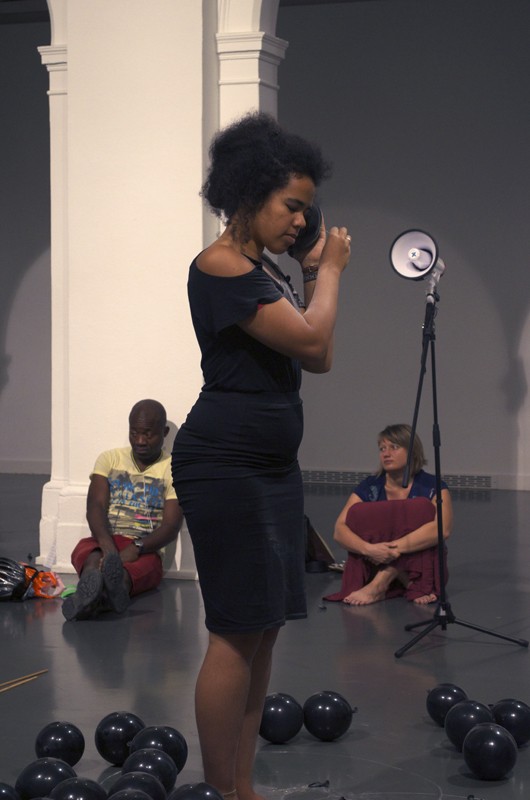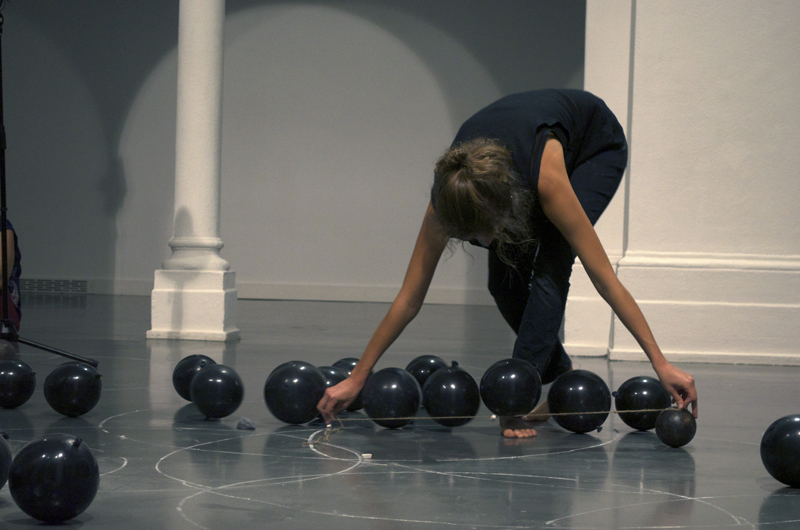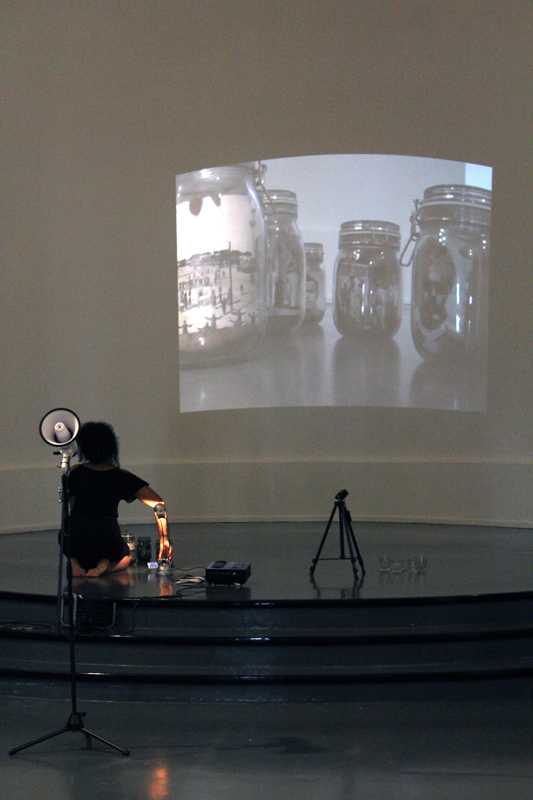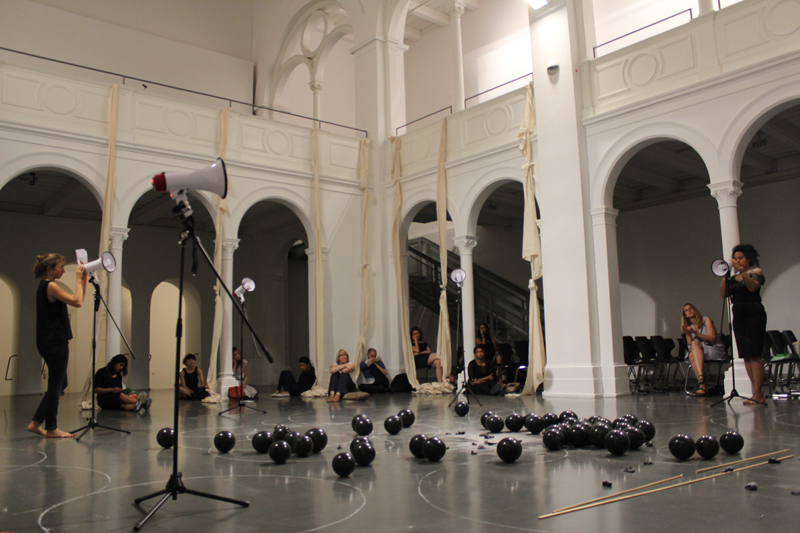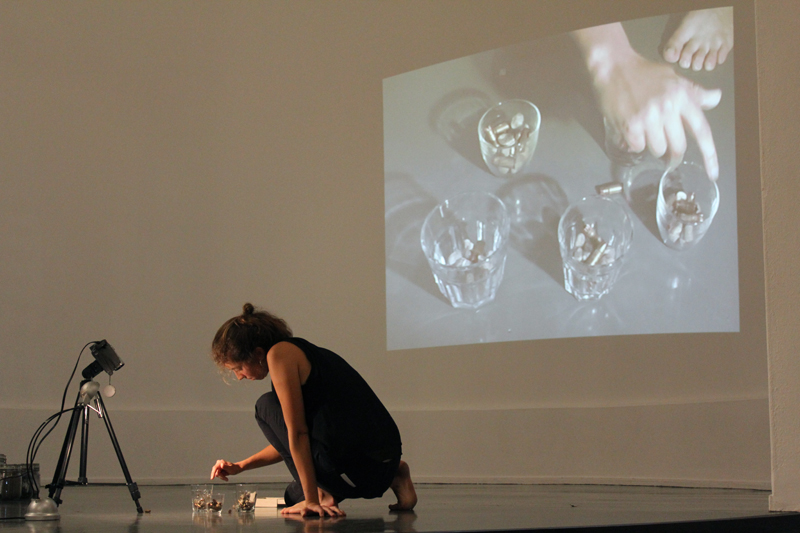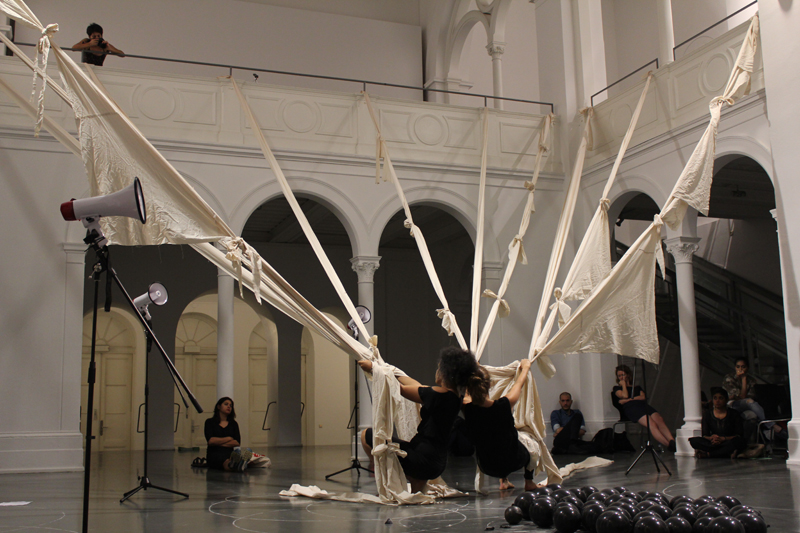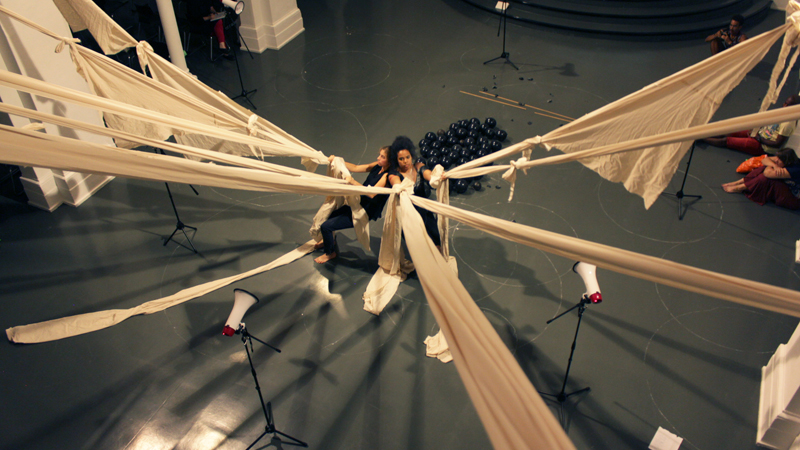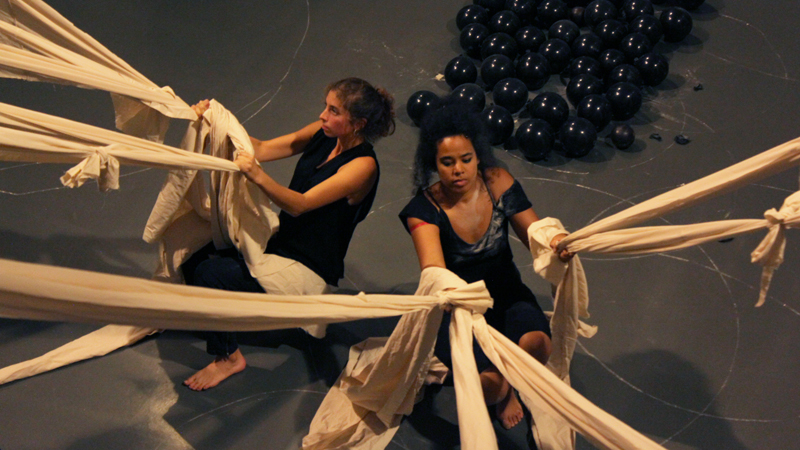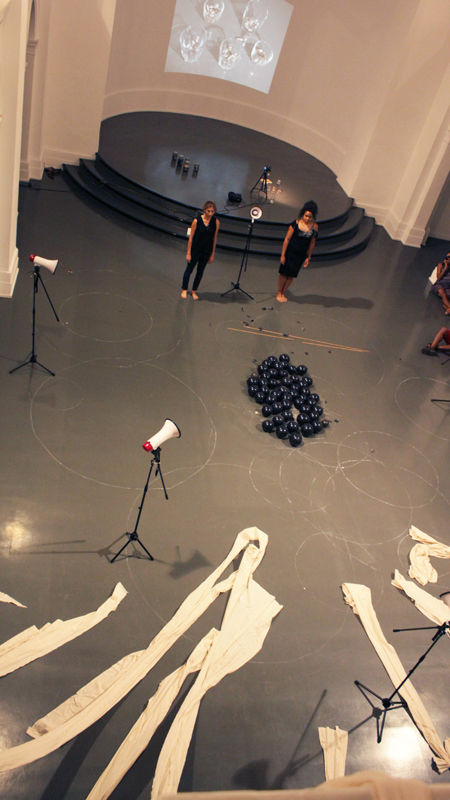In Arcadia: How Soldiers Become Mermaids
- + BrowseBrowse →
- Home
In Arcadia: How Soldiers Become Mermaids, 2016
Underwater archeology & water museum
The film and performance are poetical gestures that rethink the premises of memory and colonial debris, taking the Halfmoon Camp in Wünsdorf – a significant part of German colonial history – as a starting point.
What kind of traces did the recorded voices of prisoners of war leave behind, and where do memories grow? Wünsdorf Lake and other places close to the former camp become the grounding for an ‘archaeology’ of colonial memory. The testimonies and bodies of soldiers become buried underground, and in the waters they evolve into new forms of water ecosystems. They are the metaphors of Mami Watas (water mermaids), debris of the flesh turned into mythical creatures both human and fish, changing their form in order to move across waters and continents.
By including themselves in this complex landscape, the artists also ask about the position of women in the colonial project of “fixing languages and culture.” Women are mentioned as wives, daughters, lovers, and sometimes as motherland, but they are never a voice. The performance and the film wish to acknowledge the life, voice and role of the women in anti-colonial and resistance movements prominent in Berlin, Cameroon and Namibia.
They are wives, daughters, sisters, mothers, lovers, mermaids. They are made visible through soldiers’ memories, testimonies and songs. Ultimately, the artists bring forward a legacy towards a postcolonial dream, and spotlight this debris’ significance to our contemporary experience.
About the exhibtion Digging Deep, Crossing Far:
Digging Deep, Crossing Far presents contemporary artistic positions on lesser known narratives from the First World War. These positions add a global perspective to Western history, and begin in a Great War camp at Zossen-Wünsdorf (Germany) where non-European prisoners of war were held. This camp is the exhibition’s sounding board for further discourse and artistic engagement.
The search for answers to the complex history of the Halfmoon Camp first led the project to Bangalore, Kochi (India) and Karachi (Pakistan). digging deep, crossing far has now returned to Berlin, to the place where the Halfmoon Camp was first conceived in 1914 as a part of a jihad strategy.
The artistic contributions to digging deep, crossing far raise questions about scenes of war beyond the Western Front, about religious and nationalist propaganda, about the History of Science, and about Germany’s relationship with Islam.
In Arcadia: How Soldiers Become Mermaids
Video (28min)
for Digging Deep, Crossing Far_ 3rd Encounter: Berlin
Curated by Elke Falat and Julia Tieke
in Kunstraum Kreuzberg/Bethanien
September 10 to November 13, 2016
Photo: Christoph Assmann
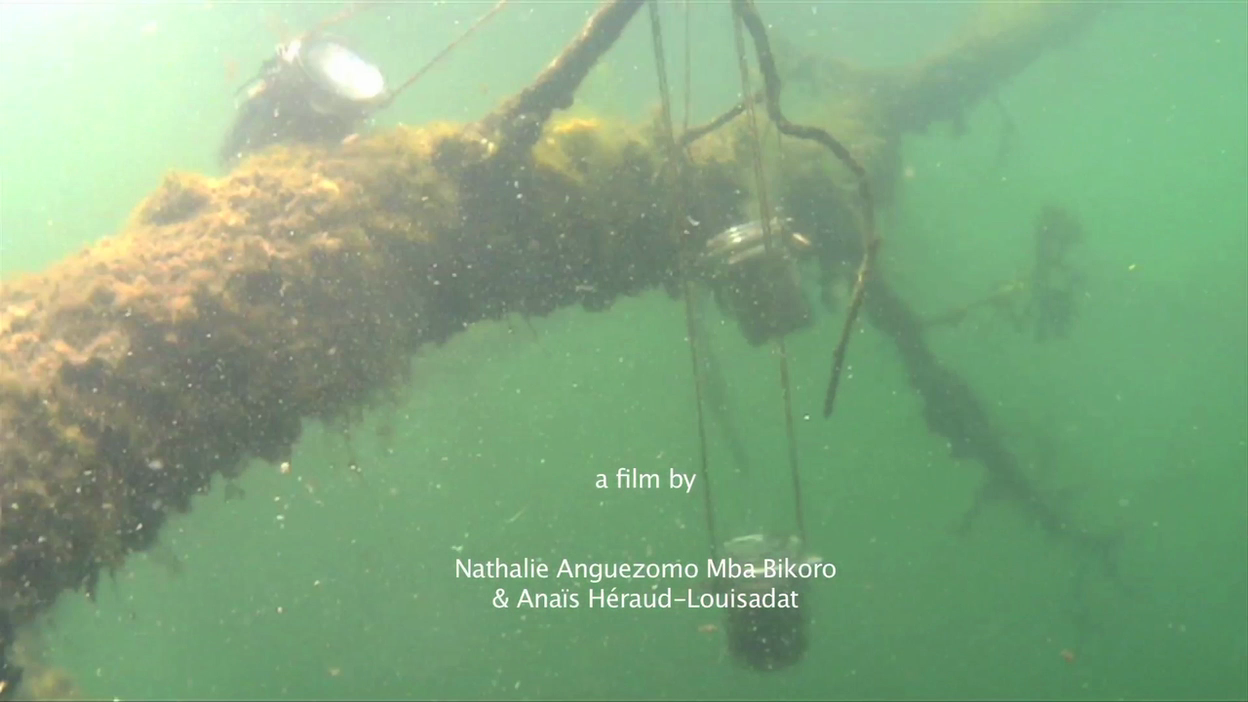
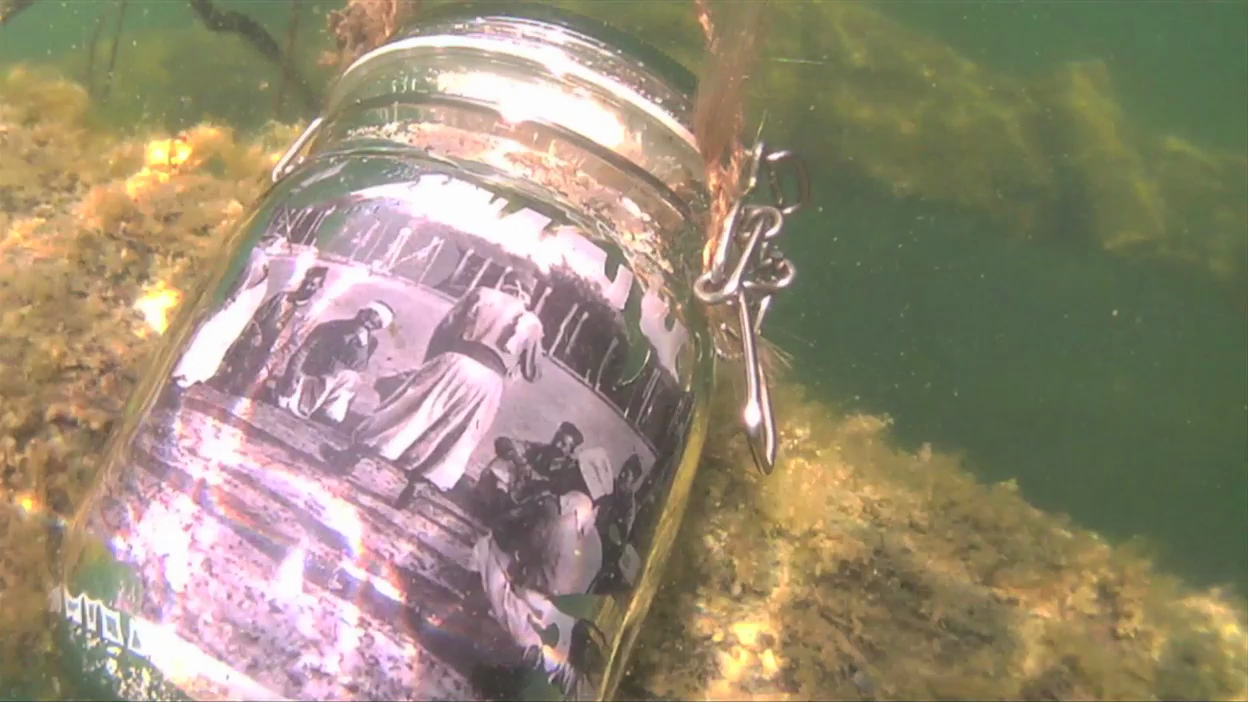
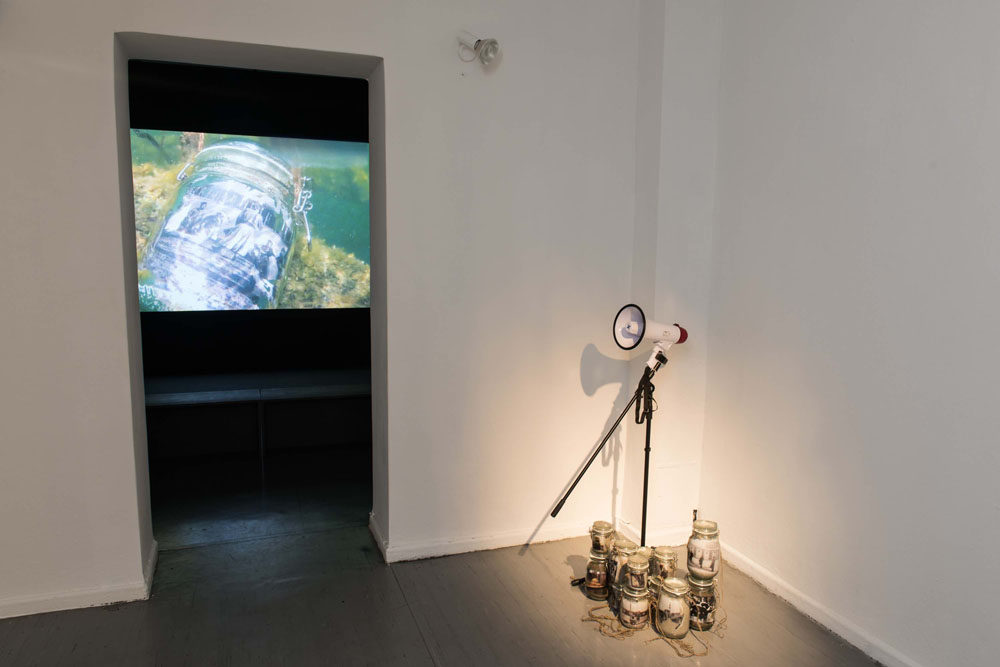
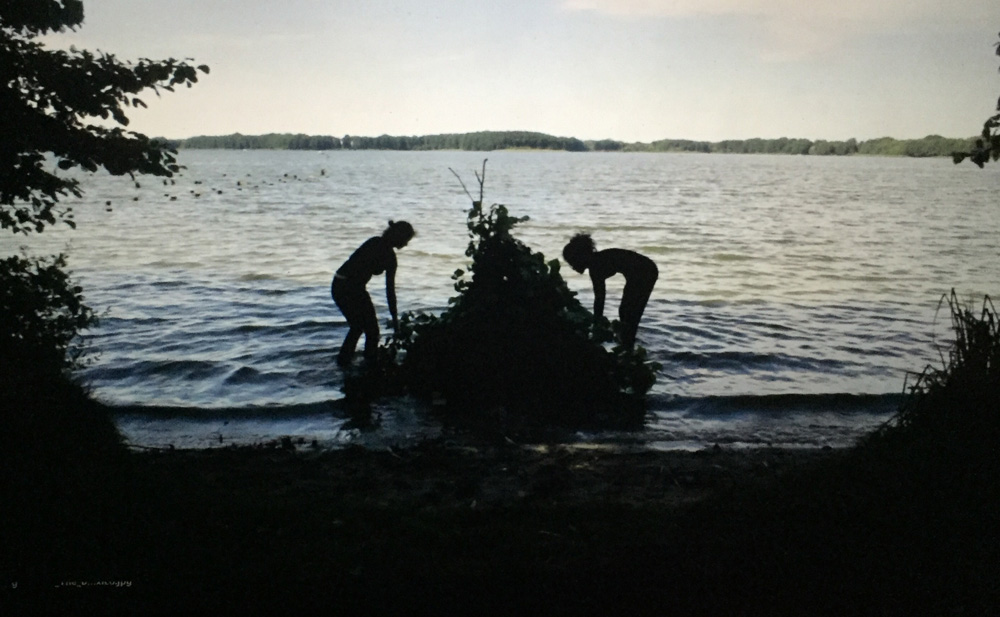
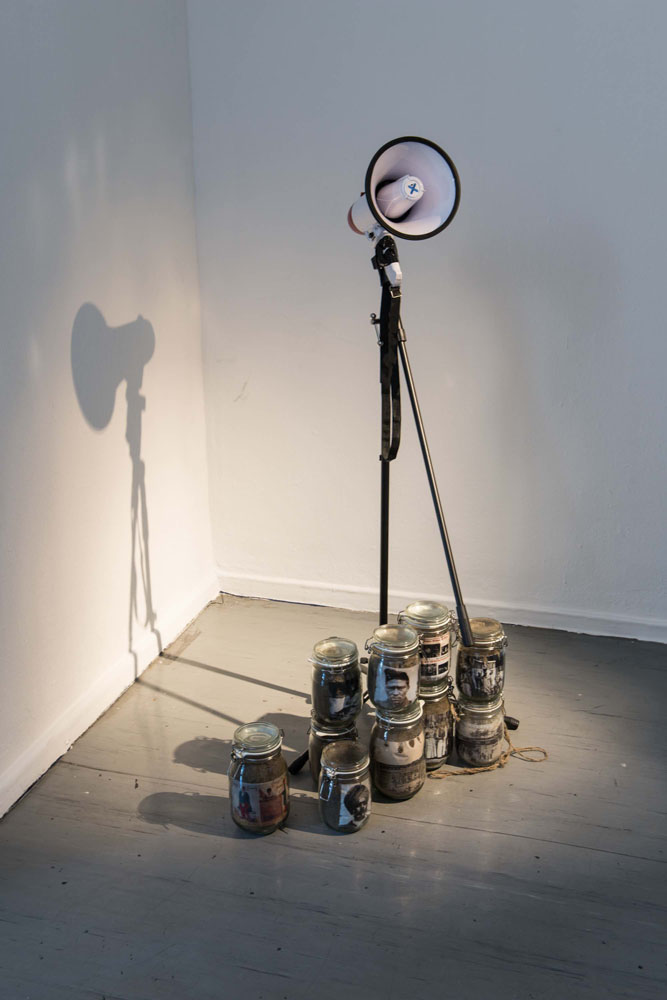
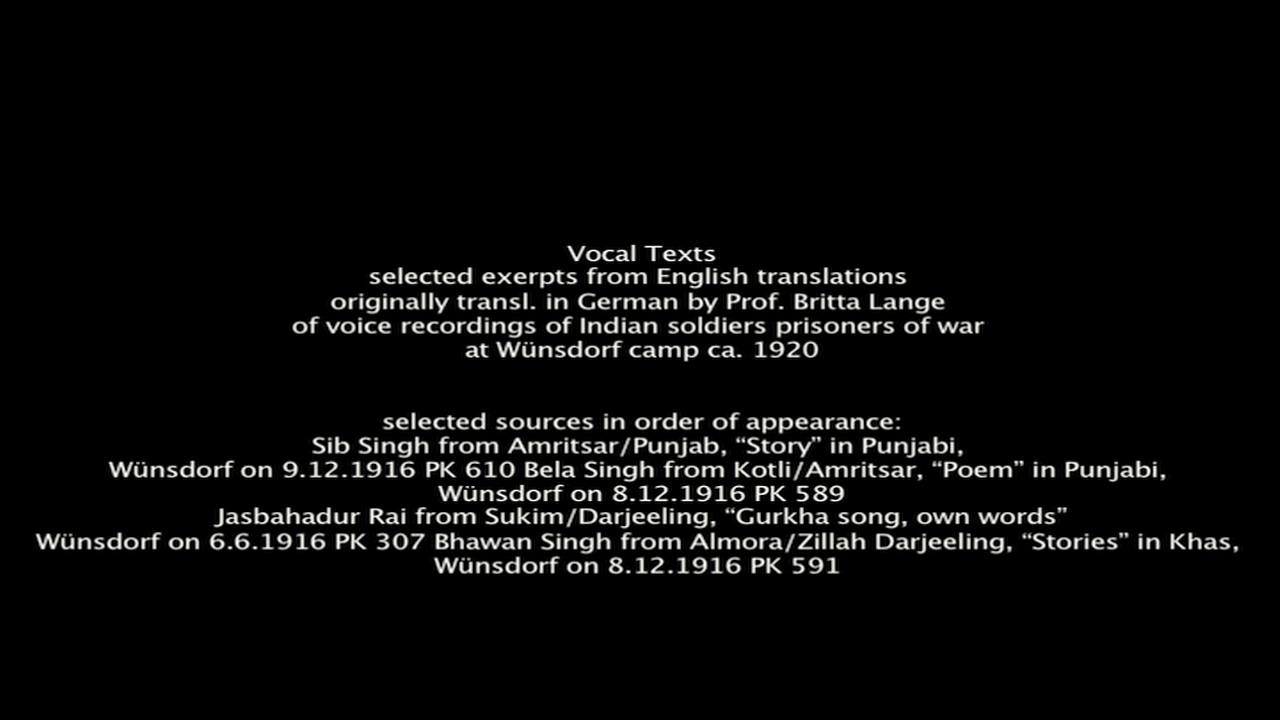
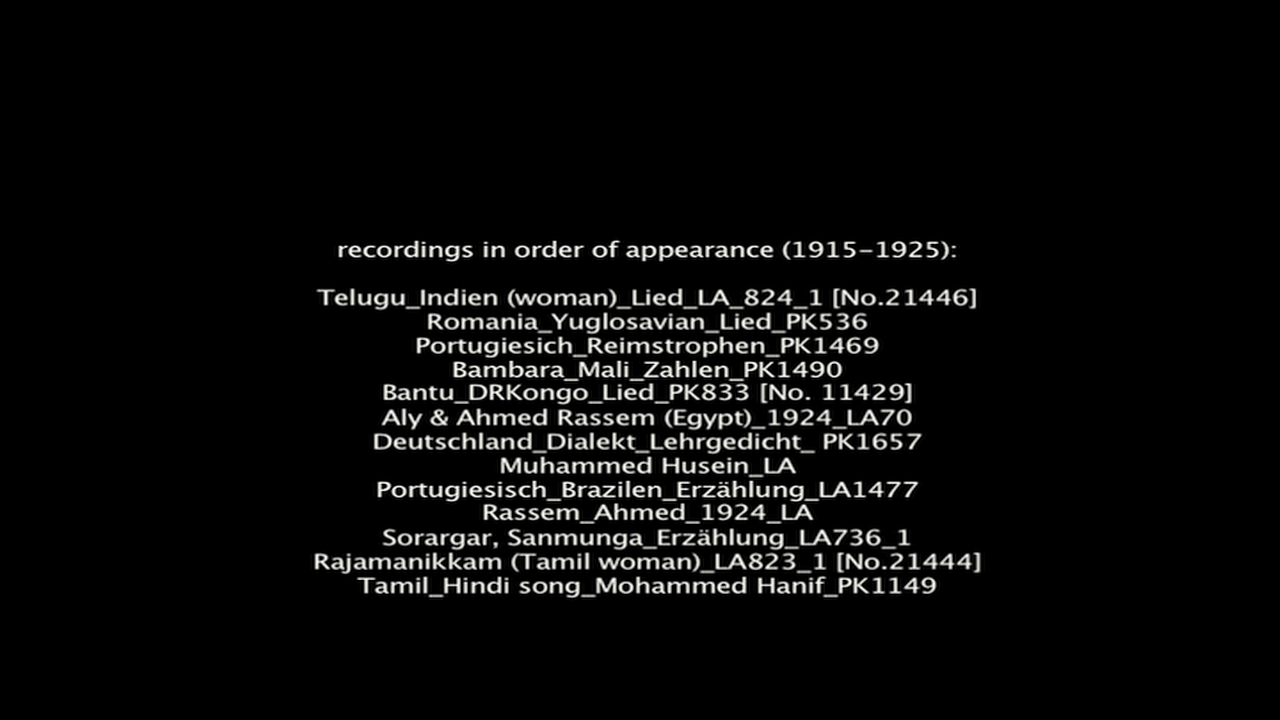
In Arcadia: How Soldiers Become Mermaids Performance
for Digging Deep, Crossing Far_ 3rd Encounter: Berlin
Curated by Elke Falat and Julia Tieke
Kunstraum Kreuzberg/Bethanien
September 10th 2016
Photos: Valentina Gazalez Vargas, collective Rodilillo Art
Camera: Vera Mattock
